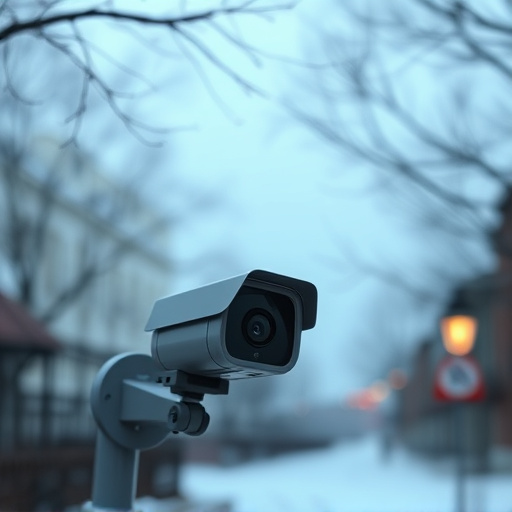Wireless spy cameras, offering live phone viewing and versatile surveillance, have advanced with features like remote access, motion detection, and night vision. Placement requires discretion and strategic positioning for power sources and network coverage to ensure unobstructed data transmission. Ethical deployment involves understanding local laws, transparent communication, and obtaining permissions to avoid privacy concerns and legal issues.
“Uncover the art of strategic equipment placement with our guide on Wireless Spy Camera Technology. Explore the versatile applications of these advanced devices, from home security to professional surveillance. We delve into key factors for effective disguise, ensuring successful and legal deployments. Understanding the technology behind live phone viewing capabilities opens a world of possibilities. However, ethical considerations and legal aspects must be navigated carefully. Discover best practices and stay informed in this evolving landscape.”
- Understanding Wireless Spy Camera Technology and Its Applications
- Key Factors for Disguising Recording Equipment Strategically
- Ethical Considerations and Legal Aspects of Using Hidden Cameras
Understanding Wireless Spy Camera Technology and Its Applications
Wireless spy camera technology has evolved significantly, offering a discrete and versatile solution for surveillance needs. These cameras utilize wireless transmission to send video and audio data directly to a connected device, such as a smartphone or computer, enabling live phone viewing capabilities. This innovative approach eliminates the need for complex wiring, making it an ideal choice for various applications.
One of the key advantages is its flexibility; wireless spy cameras can be easily placed in hard-to-reach areas without the hassle of running cables. Whether it’s a hidden camera in a workplace to monitor activities or a discreet setup at home for security purposes, the technology allows for remote access and real-time monitoring. With features like motion detection, night vision, and adjustable angles, these cameras provide comprehensive coverage, ensuring users can stay informed and connected without drawing attention.
Key Factors for Disguising Recording Equipment Strategically
When strategically placing recording equipment, especially wireless spy cameras designed for live phone viewing, several key factors come into play. First and foremost, discretion is paramount. The equipment must blend seamlessly into its surroundings to avoid detection. This often involves choosing devices with an unassuming design and using creative placement techniques. For instance, mounting a camera inside a seemingly innocuous heat-sensitive thermometer or hiding it within everyday objects like books or potted plants can make it nearly impossible for subjects to anticipate the presence of the recording device.
Another crucial aspect is access to power sources. Wireless spy cameras require consistent power to operate and transmit signals effectively. Strategically positioning the equipment near reliable power outlets ensures uninterrupted surveillance. Additionally, network coverage is essential for live phone viewing functionality. Ensuring that the camera has a clear line of sight to a wireless router or signal booster guarantees stable and unobstructed data transmission, allowing users to monitor activity remotely without delay.
Ethical Considerations and Legal Aspects of Using Hidden Cameras
When deploying wireless spy camera systems for live phone viewing or other surveillance purposes, it’s crucial to navigate a complex web of ethical considerations and legal aspects. The use of hidden cameras raises significant privacy concerns, as they can capture intimate moments or sensitive information without individuals’ knowledge or consent. This is particularly problematic in public spaces, workplaces, and residential areas where expectations of privacy vary greatly.
Several jurisdictions have strict regulations governing the use of hidden cameras to ensure respect for personal privacy. It’s essential to understand local laws before setting up any disguised recording equipment. Using these devices for illegal activities, such as eavesdropping or invasion of privacy, can result in severe legal consequences. Ethical deployment requires clear communication about surveillance practices and obtaining appropriate permissions when necessary. Adhering to these guidelines not only helps avoid legal pitfalls but also fosters a culture of transparency and trust.
Disguising recording equipment, such as wireless spy cameras with live phone viewing capabilities, requires a blend of technical know-how and ethical awareness. By understanding the technology and strategically placing devices to capture desired footage while adhering to legal boundaries, users can leverage these tools responsibly. Key factors like camouflage, battery life, and data storage solutions are crucial for successful implementation. Always remember that ethical considerations and legal aspects must guide the use of hidden cameras to ensure privacy respect and compliance with relevant regulations.
